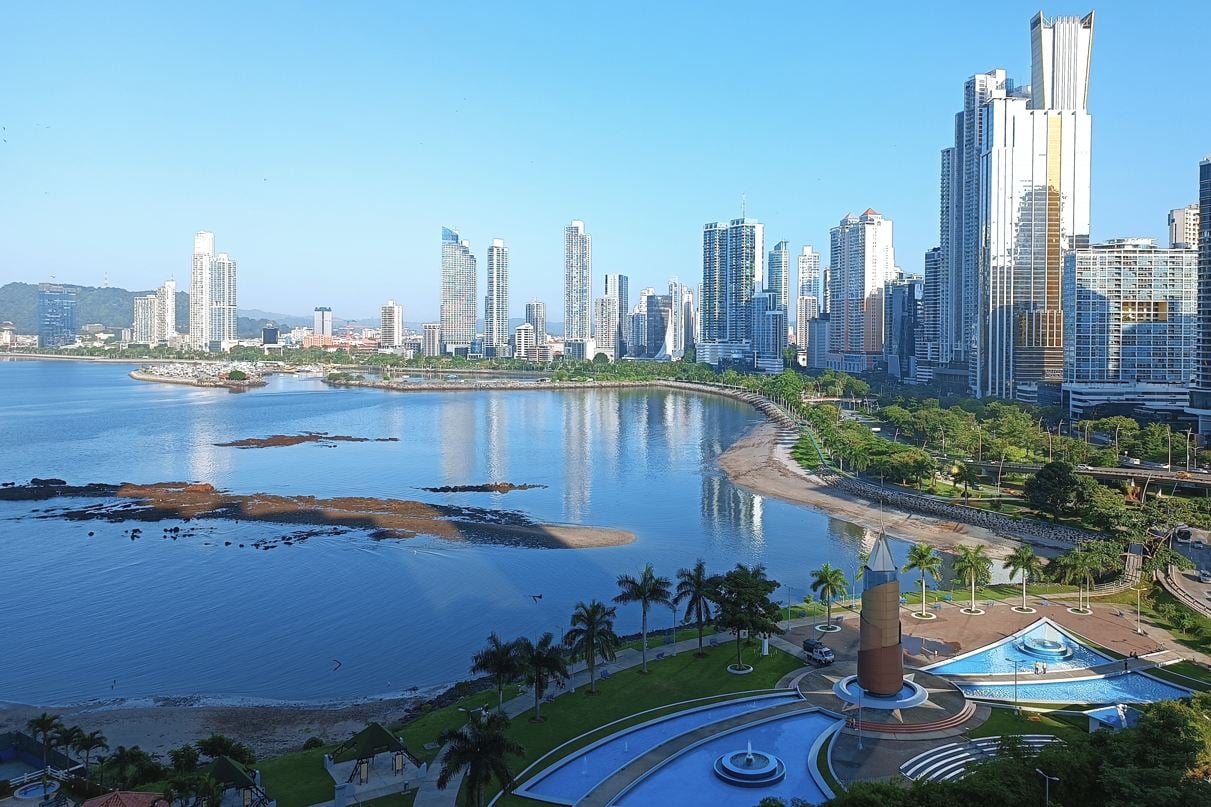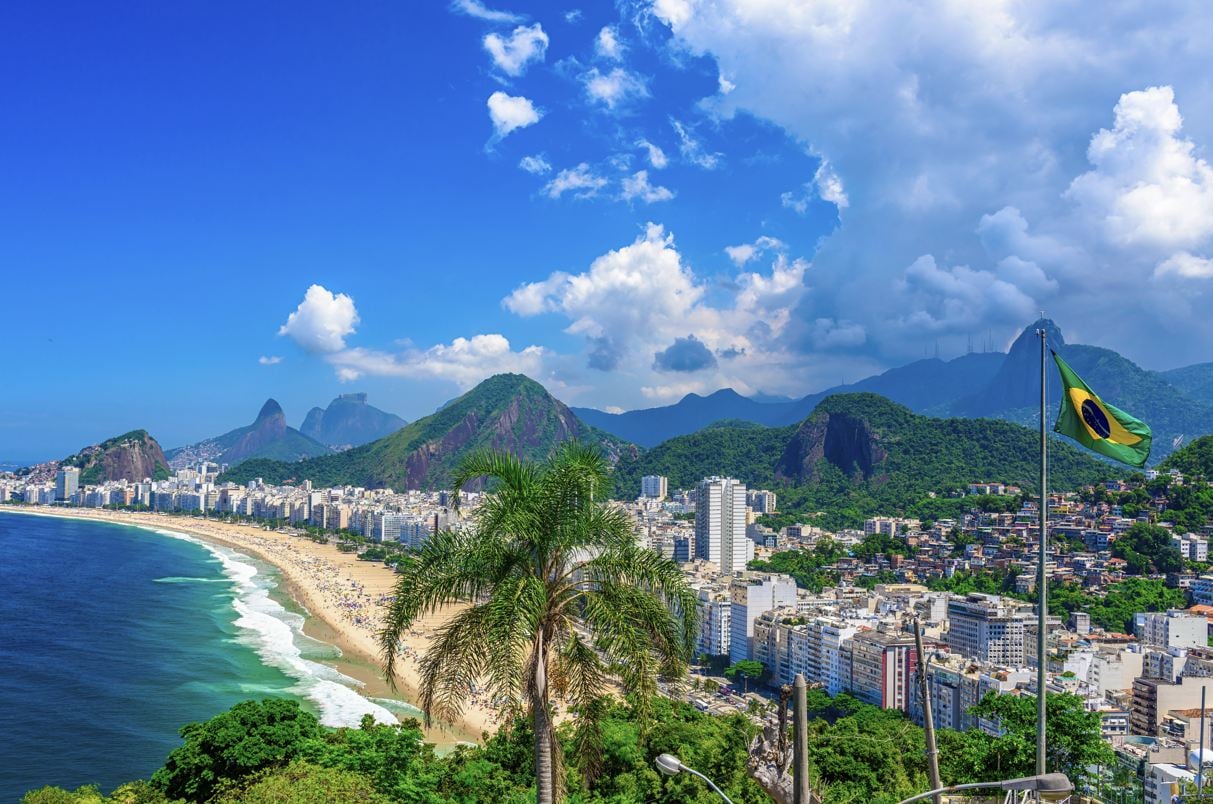[ad_1]
Hey there, fellow travelers! Planning a trip to the vibrant island nation of Singapore? Awesome choice! This guide is designed to make understanding the Singapore entry requirements for Americans super easy. Forget confusing jargon and endless official documents. We’ll focus on the stuff that really matters to you as an American traveler, from what documents you need to how long you can soak up the Singaporean culture. Let’s get started and make sure your journey is smooth sailing from the get-go!

Your Passport: Your Golden Ticket
First things first, your passport is your most important travel buddy. To enter Singapore, your U.S. passport needs to be valid for at least six months beyond your intended stay. So, if you’re planning to be in Singapore for two weeks, make sure your passport doesn’t expire for at least six months and two weeks after you arrive. It’s always a good idea to double-check the expiration date well in advance of your trip to avoid any last-minute panics. Also, ensure you have a few blank pages in your passport for entry and exit stamps. You can confirm this info in the US State Department travel page for Singapore.

The Singapore Arrival Card: Must Have For American Travelers
To enter Singapore for a short tourist visit, U.S. citizens are required to complete the SG Arrival Card. This is a mandatory electronic form that you should typically submit online within three days before you arrive in Singapore. The SG Arrival Card collects essential information such as your personal details, flight information, and where you will be staying. The official platform for completing this form can be found on the website of Singapore’s Immigration & Checkpoints Authority (ICA). It’s important to use the official ICA website to ensure you are providing your information securely and avoiding any potential scams or unnecessary charges.

How Long Can You Stay? The 90-Day Rule
Good news for those dreaming of an extended Singaporean adventure! As a U.S. citizen traveling for tourism or social visits, you can typically stay in Singapore for up to 90 days without needing a visa. That’s plenty of time to explore the stunning Gardens by the Bay, indulge in delicious hawker center fare, and experience the city’s incredible blend of cultures. Remember, this 90-day limit is for each entry. If you’re planning to stay longer or for purposes other than tourism (like work or study), you’ll need to look into the specific visa requirements through the Singaporean Immigration & Checkpoints Authority (ICA).

Multiple Visits? No Problem!
The great thing is, there’s no strict limit on how many times a year you can visit Singapore as a US tourist, as long as you adhere to the 90-day limit per entry and genuinely intend to visit for tourism. Immigration officers will assess your entry each time to ensure you’re not trying to live in Singapore on tourist visas. So, feel free to plan those multiple trips to catch different festivals or explore more of Southeast Asia with Singapore as your comfortable base.

Arriving by Air: The Most Common Route
Most travelers from the U.S. will arrive in Singapore via Changi Airport, a world-renowned hub known for its efficiency and amazing amenities (hello, indoor waterfall!). Upon arrival, you’ll proceed through immigration. Be ready to present your passport and potentially answer a few questions about the purpose of your visit and your intended length of stay. It’s always a good idea to have your onward flight information and proof of funds to support your trip handy, although it’s not always required for short tourist visits.

Entering by Land Border: From Malaysia
While less common for direct travel from the U.S., some travelers might enter Singapore via the land border with Malaysia. This usually happens by way of the Johor-Singapore Causeway: This is the most commonly used route, a bridge connecting Johor Bahru in Malaysia to Woodlands in Singapore. The same passport and entry requirements apply as if you were arriving by air. Be prepared for potential queues at the border checkpoints, especially during peak travel times. The One Motoring government website also covers information for those entering via land by car.

Understanding the Exchange Rate: Your Dollars in Singapore
Let’s talk about money! The value of Singapore dollars (SGD) compared to US dollars (USD) changes a bit day to day. On average for every 1 US dollar, you’ll get about 1.34 Singapore dollars.
So, when you’re thinking about grabbing that tasty plate of chicken rice that costs, let’s say, 10 Singapore dollars, it will cost you roughly $7.46 in US dollars.
Just keep in mind that this is an approximate rate and can change slightly. It’s always a good idea to quickly check a reliable currency converter closer to your travel dates to get the most up-to-date exchange rate.

Other Useful Tips for American Travelers
- Stay Connected: Consider getting a local SIM card or an international roaming plan to stay connected. Wi-Fi is widely available, but having your own data can be very convenient for navigation and staying in touch.
- Transportation: Singapore has an excellent public transportation system, including the MRT (Mass Rapid Transit) and buses. Consider getting an EZ-Link card for easy and affordable travel.
- Weather: Singapore is hot and humid year-round. Pack light, breathable clothing and be prepared for occasional rain showers.
- Tipping: Tipping is not customary in Singapore and is generally not expected.
- Language: English is one of the official languages and is widely spoken, so communication will be easy.

U.S. State Department Travel Advisory and Safety Tips
It’s always wise to check the latest travel advisory issued by the U.S. Department of State for Singapore before your trip. These advisories provide information on safety and security conditions in the destination country. As of the latest information, Singapore generally has a very low crime rate and is considered a safe country for travelers. However, it’s always important to be aware of your surroundings and take basic safety precautions, such as keeping your valuables secure and being mindful of your belongings in crowded areas. For the most up-to-date advisories, please refer to the U.S. Department of State website.

Travel Insurance: Peace of Mind for Your Journey
While Singapore is a safe and well-organized country, unexpected events can happen. That’s why considering travel insurance is a smart move. Travel insurance can provide coverage for medical emergencies, trip cancellations or interruptions, lost luggage, and other unforeseen circumstances.
Having this safety net can give you peace of mind so you can fully enjoy your Singapore adventure. Ready to explore your travel insurance options? Get a free quote today and travel with confidence!

So there you have it! Navigating the Singapore entry requirements as an American traveler doesn’t have to be a headache. With a valid passport, an understanding of the 90-day stay limit, and the simple SG Arrival Card process, you’re well on your way to experiencing the wonders of Singapore. By staying informed through official sources and considering travel insurance for added peace of mind, you can focus on what truly matters: creating unforgettable memories in this incredible city-state. Safe travels, and get ready for an amazing Singaporean adventure!
Ready For Your Trip? Check The Latest Entry Requirements For Your Destination Here
↓ Elevate Your Travel↓
Sign Up Now For Travel Off Path Premium! No ads, VIP Content, Personal Travel Concierge, Huge Savings, Daily Deals, Members Forum & More!

✈️Join Our Travel Off Path Community Forum: Where travelers unite, ask questions, share experiences and even find like-minded travel buddies!
SUBSCRIBE TO OUR LATEST POSTS
Enter your email address to subscribe to Travel Off Path’s latest breaking travel news, straight to your inbox.
This article originally appeared on TravelOffPath.com
Opinions expressed here are the author’s alone, not those of any bank, credit card issuer, hotel, airline, or other entity. This content has not been reviewed, approved or otherwise endorsed by any of the entities included within the post.
[ad_2]
Source link
































